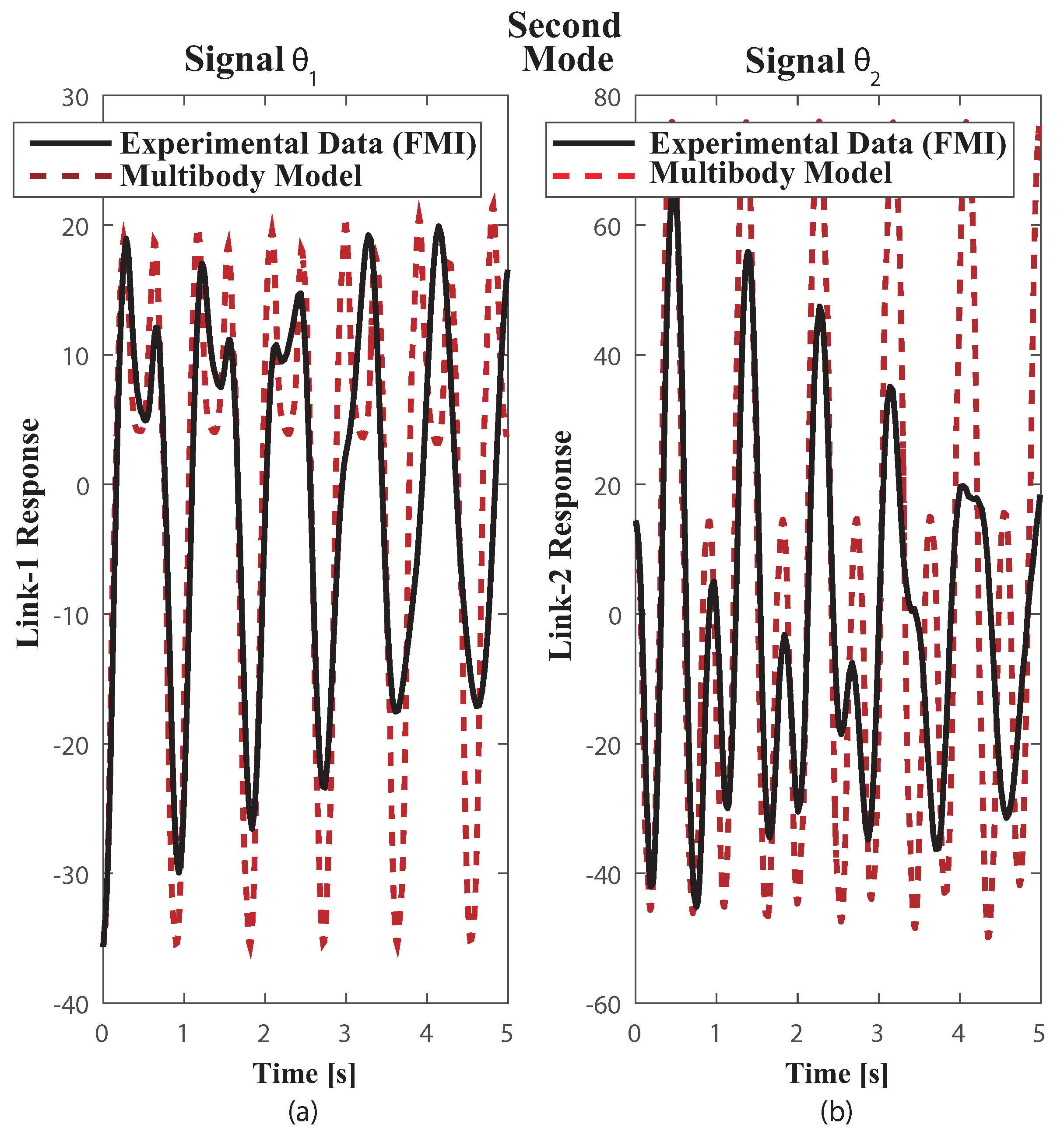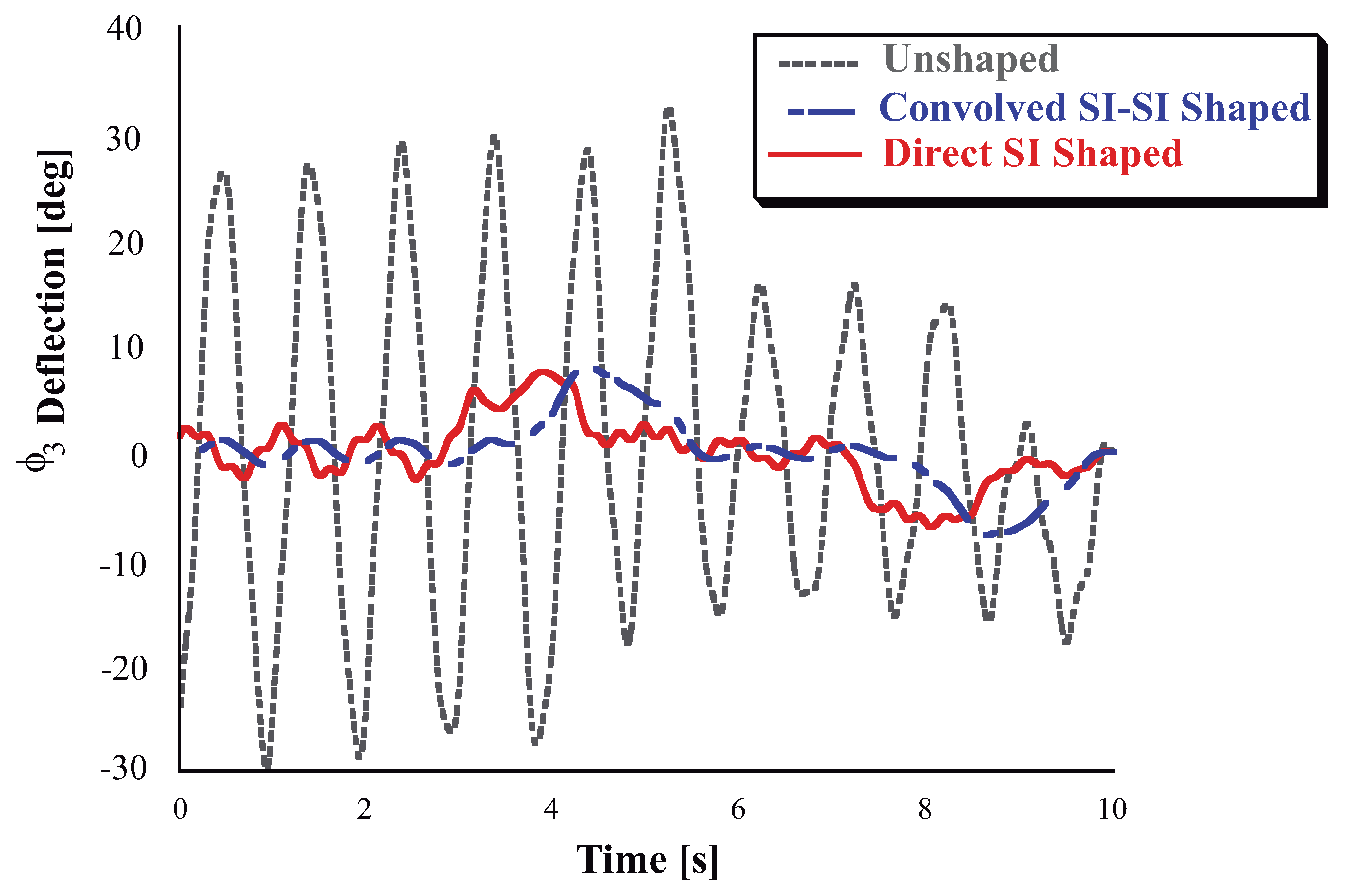

If the goal is fitting, you should be able to fit a LTI model to this quite easily using lsqnonlin.

However if that was the case, step responses are maybe the worst system estimation technique available, but I digress. Additional filtering may not be necessary unless you're looking for extreme precision. My opinion is that your data is already quite smooth. If not, you can do the filter calculation manually if you can derive the discrete transfer function. If you have the control systems toolbox, check out the filter function. If the goal is smoothing, I would recommend a simple low pass filter.

The frequency range that is not desired is set to zero. The second method requires to transform the raw data from time-domain into frequency-domain using FFT. Furthermore, the function can be repeated several times on the filtered data too. The smooth function in Matlab lets you choose how many consecutive values do you want to use in order to calculate the avarage value. The first method is a FIR filter that replaces a signal value by an average of its neighbouring values.

Here's an image of the raw data obtained from the sensors. However, there was some noise in the data recorded in the field. If anyone could at least point me in the right direction or provide some insight as to how I could go about solving this, I would greatly appreciate it.ĭuring my MSc thesis project I analysed the vertical acceleration displacement of a railway track generated by the passing of a train. I was looking at the MATLAB function smooth, but I'm not sure if it would work since my data is actually a piece-wise function and not a single function. The graph is can be modeled by a piece-wise function, but I cannot use the function to help me since I cannot tell from the graph/data exactly when the thermocouple is removed from the cold water and put into the hot, only a general idea. I need to find the values of tS, yL and yH, but in order to do so I need to smooth out the graph and I am hitting a wall. The thermocouples are initially in cold water of temperature yL, and at time tS they are quickly removed from the cold water and put into boiling water of temperature yH (indicated by the large spike in temperature). The graph represents temperature of thermocouples over time. The graphic below represents what the data currently looks like:
1.25S SOLIDWORKS TOOLBOX SERIES
I am working on a project in which I have to smooth out noise within a series of measurements to find certain values.


 0 kommentar(er)
0 kommentar(er)
